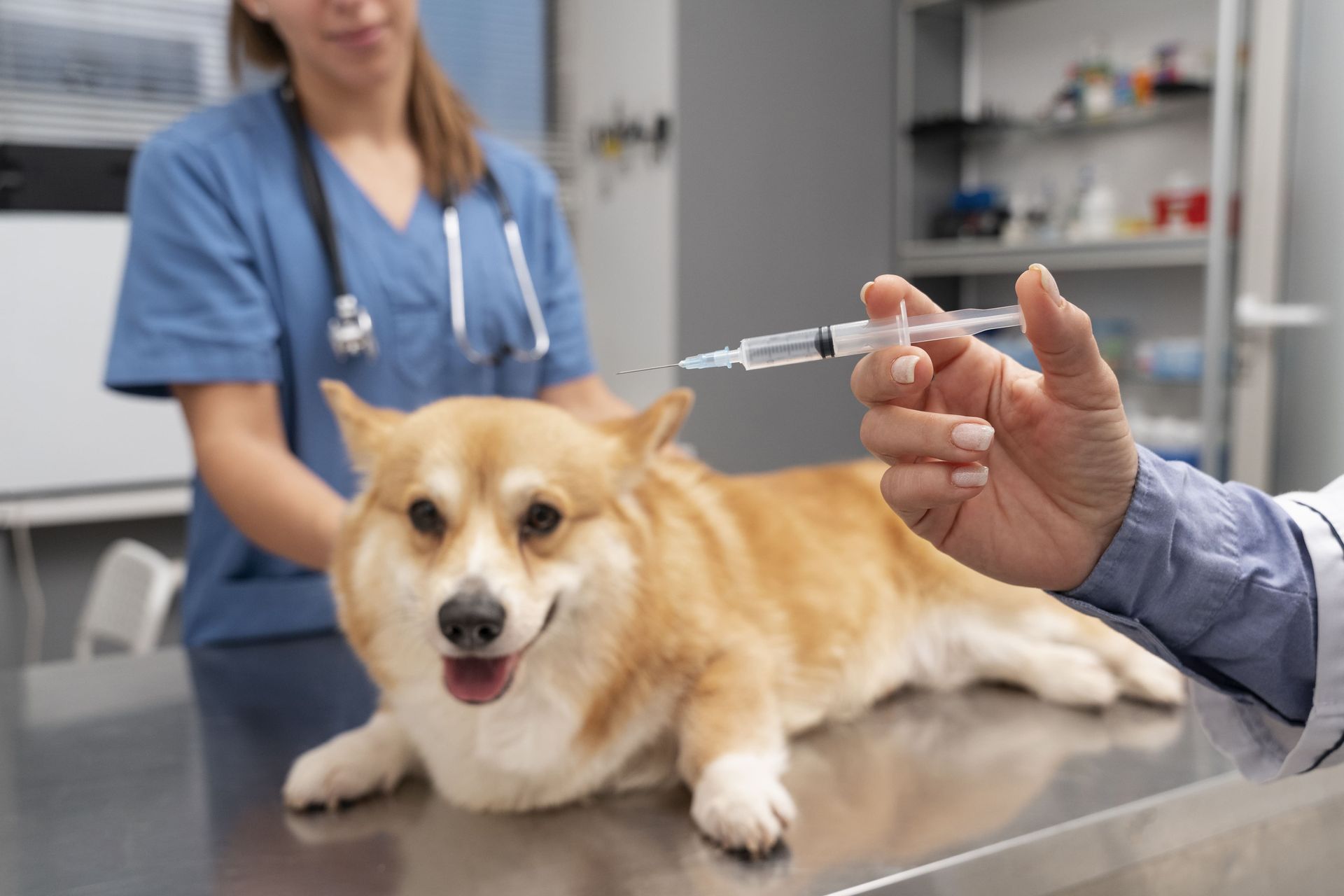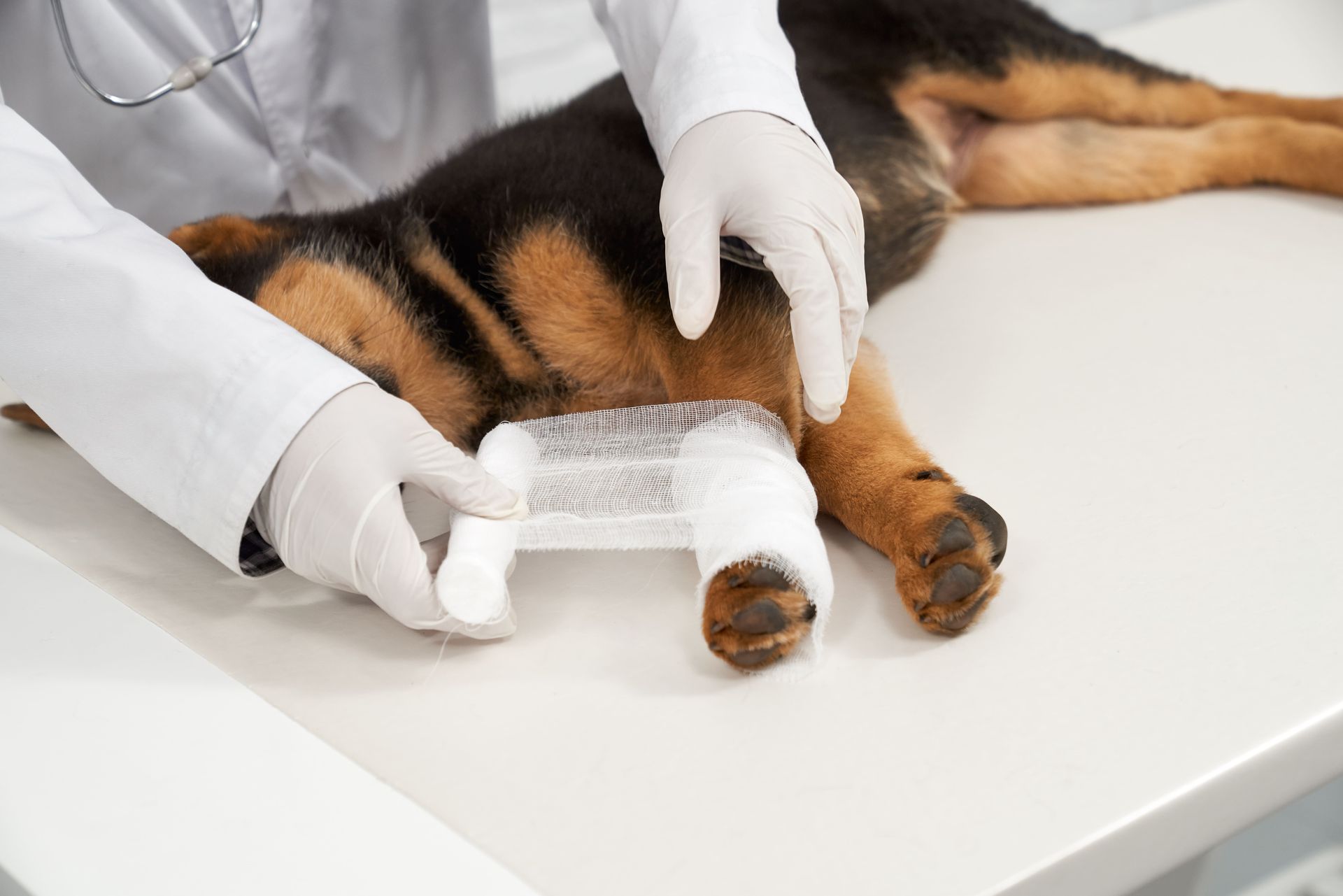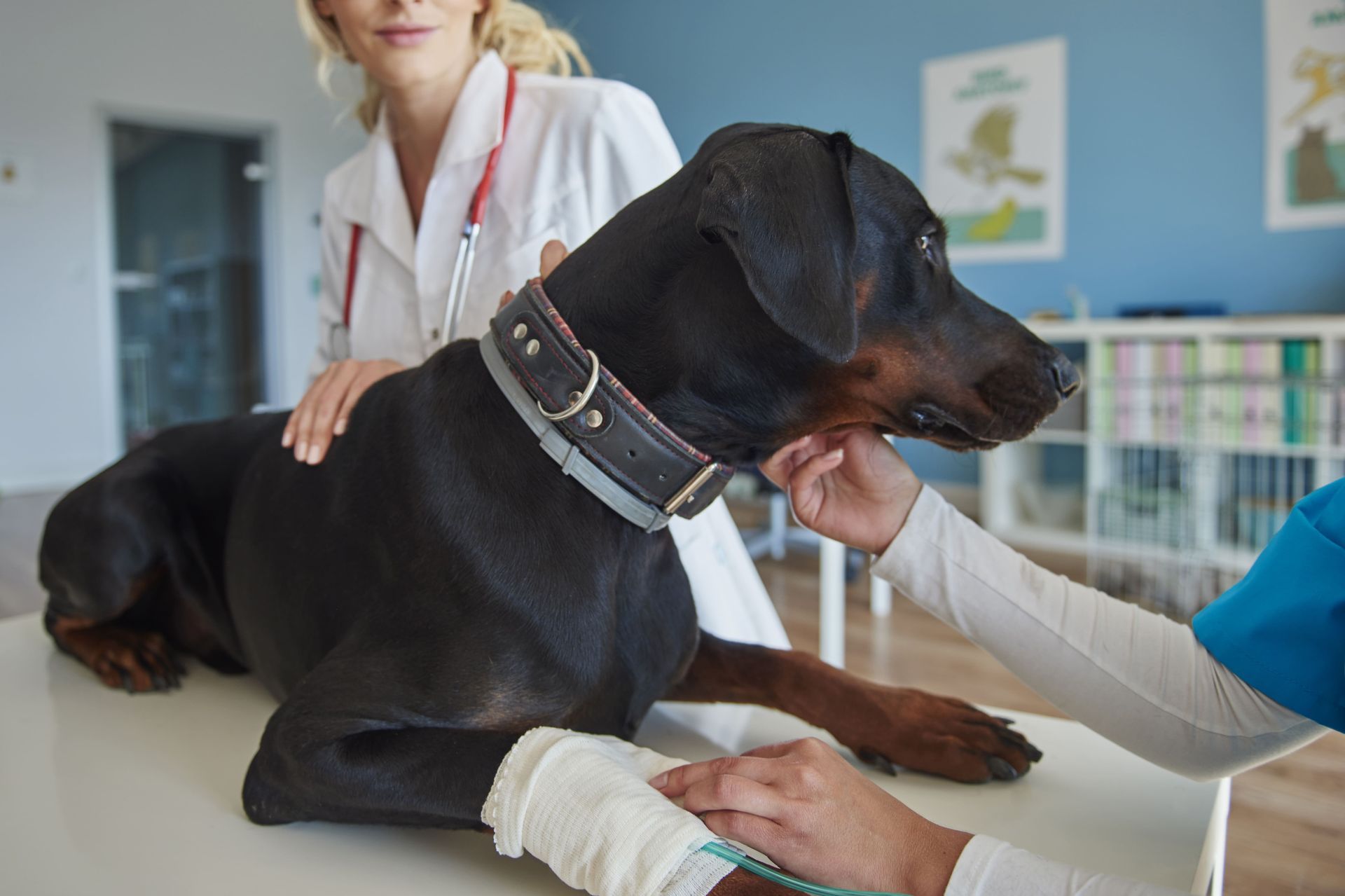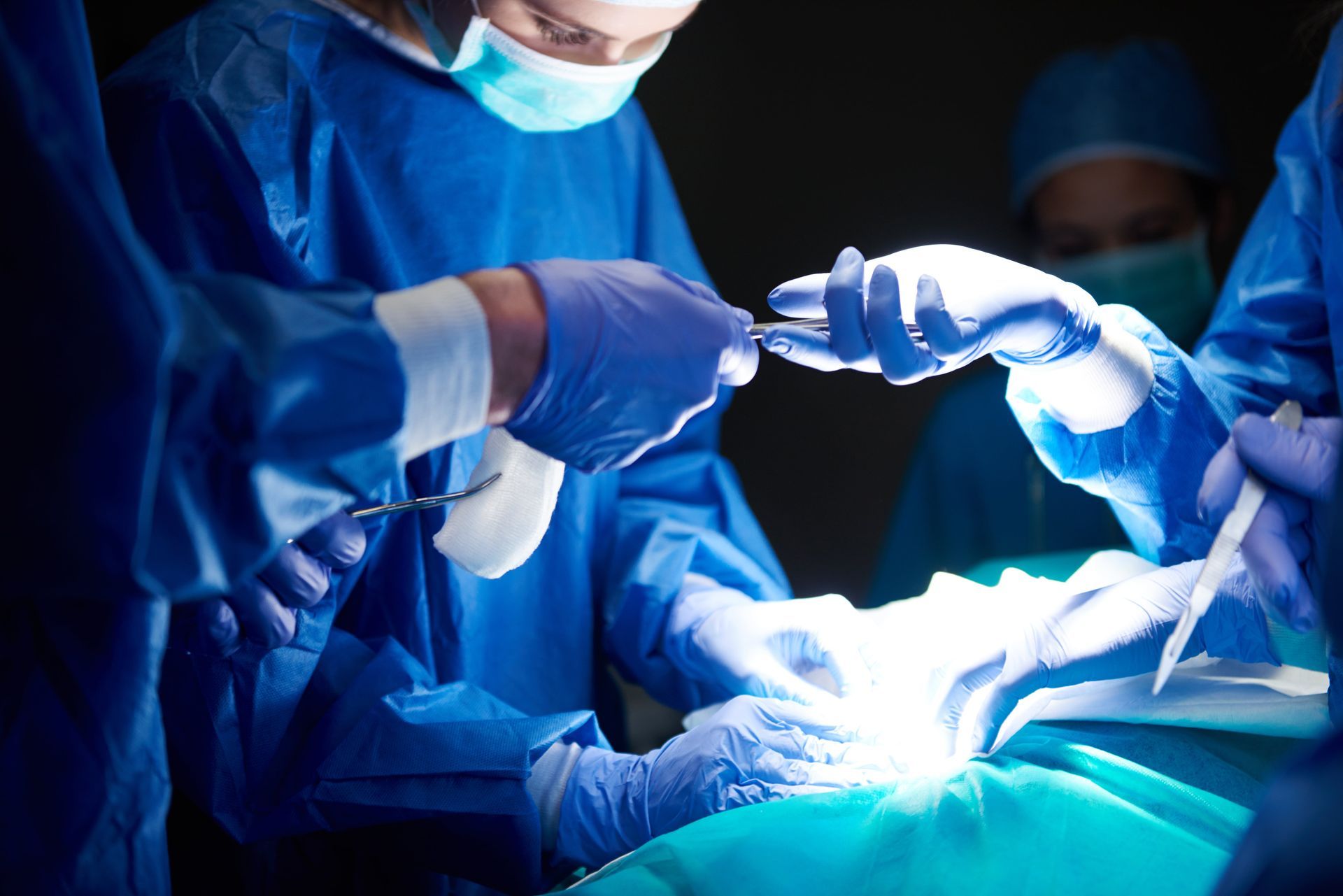Contact Info
133 Lincoln Avenue, Fair Lawn, New Jersey 07410, US
973-427-0990
133 Lincoln Ave, Fair Lawn, NJ 07410
Call Us Now: (973) 427-0990
133 Lincoln Ave, Fair Lawn, NJ 07410
Call Us Now: 973-427-0990
Cats are curious, independent, and, let’s be honest, a little dramatic when it comes to vet visits. So, when it’s time for something a bit more involved, like a cat ultrasound, many pet parents find themselves worrying about how their feline will handle it. Will they panic in the carrier? Refuse to eat afterward? Or simply give you the “silent treatment” for the rest of the day? The good news? With a few thoughtful steps, preparing your cat for an ultrasound
can be stress-free for both of you. Whether your vet suspects a health issue or you’re just following up on ongoing care, this gentle, non-invasive procedure offers valuable insight into your cat’s well-being.
In this guide, we’ll walk you through simple, vet-approved ways to ease your cat into the experience, making the exam smoother, safer, and a whole lot less scary. Let’s dive in!
1. Understanding the Purpose of Ultrasound Exams
Before preparing your cat for an ultrasound exam, it's helpful to understand why this diagnostic tool is important. Cat ultrasound exams can help detect various health issues, such as organ abnormalities, tumors, or fluid accumulation, facilitating early detection and treatment.
An ultrasound is a non-invasive imaging technique that uses high-frequency sound waves to create detailed images of your cat's internal organs. This allows veterinarians to pinpoint problems that might not be evident in regular X-rays
or other tests. The ability to get a closer look at your cat's health status can lead to faster and more accurate diagnoses, paving the way for effective treatment plans.
Think of a cat ultrasound as a window into your feline’s body—quietly revealing what lies beneath the surface without the need for surgery or discomfort.
2. Consulting with Your Veterinarian
It's crucial to have a conversation with your veterinarian prior to the exam. They can provide specific instructions for preparing your cat, such as withholding food or water for a certain period, and answer any questions you may have.
Engaging in a discussion with your vet will not only help you understand any pre-exam requirements but also elucidate the process and what to expect. For instance, if biopsies might be needed during the cat ultrasound, your vet will let you know if sedation is required. This preparatory dialogue can help you feel more confident in handling your cat during the examination process.
Veterinarians can also offer insights into the technical aspects of the procedure. Understanding the role of the ultrasound—how a probe transmits sound waves to produce real-time images—can be comforting and informative. With this knowledge, you can better anticipate your pet's needs throughout the process and make any necessary preparations to accommodate the procedure's requirements.
3. Familiarizing Your Cat with the Carrier
One way to reduce your cat's stress is to get them comfortable with their carrier ahead of the exam. You can do this by leaving the carrier out in your home, placing cozy blankets inside, and occasionally taking your cat for short car rides. Familiarity with the carrier minimizes the fear of confinement when it's time to visit the vet, ultimately reducing overall anxiety.
Additionally, using treats or engaging in playtime around the carrier can create positive associations that make your cat more willing to enter it on the day of the cat ultrasound. A little playtime near the carrier each day can turn a scary box into a safe, familiar space.
To further help your cat adjust, consider using pheromone sprays or diffusers inside and around the carrier. These products mimic natural feline chemicals that have a calming effect on cats, helping them feel secure and relaxed in previously stressful environments. A calm cat is more likely to cooperate during the ultrasound, making the entire process smoother for everyone involved.
4. Avoiding Feeding Before the Exam
If your veterinarian advises, refrain from feeding your cat a few hours before the exam. An empty stomach can help improve the cat ultrasound's effectiveness by minimizing gas in the belly that can interfere with accurate imaging.
Typically, a fast of 8–12 hours is recommended, especially if the exam involves viewing abdominal organs. This withholding period is crucial for ensuring clear images, as food and fluids can obscure the view of key structures and impact diagnostic accuracy.
A simple trick? Feed your cat a hearty meal the night before, then hide the food bowls in the morning—out of sight, out of mind!
5. Calming Techniques for Nervous Cats
For anxious cats, consider using calming techniques before the exam. This can include playing soothing music, offering gentle affection, or using veterinarian-approved calming sprays or treats. Creating a serene environment at home before the visit will also help—such as dimming lights or providing a quiet, cozy space away from loud noises and disruptions.
Experiment with different methods to find out what works best for your cat, as every feline is unique and may have varying responses to stress-relief techniques. A relaxed start to the day can set the tone for a more cooperative mood during the cat ultrasound.
6. Discussing Sedation Options with Your Veterinarian
If your cat is particularly anxious or aggressive, discussing sedation options with your veterinarian might be beneficial. Sedation can help ensure the exam is safe for both your cat and the veterinary staff.
This preemptive measure is especially important in patients who are consistently distressed during vet visits, as it can prevent unnecessary stress and potential injury. Your vet can explain the sedative's effects, dosage, and any post-procedure aftercare, allowing you to make an informed decision regarding its use for your pet's cat ultrasound.
7. Following Aftercare Instructions
After the exam, your veterinarian will provide aftercare instructions. Following these instructions carefully will help ensure your cat recovers quickly and comfortably, whether it involves feeding instructions or monitoring for any signs of stress.
Keep a close eye on your cat's behavior for any changes or discomfort, and don't hesitate to reach out to your vet if you have concerns. Adhering to these guidelines not only facilitates a smooth recovery for your cat but also cements trust between you and your veterinary provider, ensuring your cat's future healthcare needs are met effectively.
Final Words
Preparing your feline for a cat ultrasound doesn’t have to be a stressful experience. With thoughtful preparation, open communication with your veterinarian, and a few comfort-focused techniques, you can make the process more manageable for both you and your cat.
Remember, a cat ultrasound is an invaluable tool in maintaining your pet’s health and well-being. Whether it's for early detection, diagnosis, or ongoing monitoring, it provides a gentle way to get the answers you need without invasive procedures.
By investing a little time in preparation, you're not only helping your cat feel safe—you’re also supporting a healthier, happier life for your furry friend.
FAQs
Q-1. How long does a cat ultrasound typically take?
Ans: A typical cat ultrasound takes about 20–45 minutes, depending on the area being examined and whether sedation is required.
Q-2. Is a cat ultrasound painful for my pet?
Ans: No, the procedure is completely painless. It’s non-invasive and uses sound waves to create images—your cat may only feel a little pressure from the probe.
Q-3. Can I stay with my cat during the ultrasound?
Ans: In many cases, yes! Some clinics allow pet parents to be present during the exam, especially if it helps calm the cat. Always check with your veterinary clinic beforehand.
Q-4. How should I care for my cat after the ultrasound?
Ans: Follow any instructions from your vet. Generally, you can resume feeding and normal activities unless sedation was used. Monitor your cat for any unusual behavior and contact your vet if needed.

The Lincoln Avenue Cat & Dog Hospital was founded in 1984, quickly emerging as a regional leader in treating felines exclusively.
Quick Links
Contact Info
133 Lincoln Avenue, Fair Lawn, New Jersey 07410, US
973-427-0990

Quick Links
Contact Info
133 Lincoln Avenue, Fair Lawn, New Jersey 07410, US
(973) 427-0990
Fax: (973) 427-0990
© 2025
All Rights Reserved | Lincoln Ave Cat & Dog Hospital
New Paragraph
PAYMENT POLICY
Please note that there is a 3.5% processing fee applied to all credit card payments. If you wish to not incur this fee we will accept a debit card or cash. We apologize for any inconvenience.








